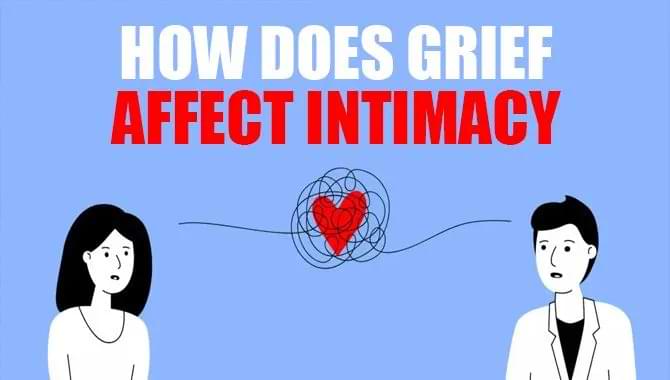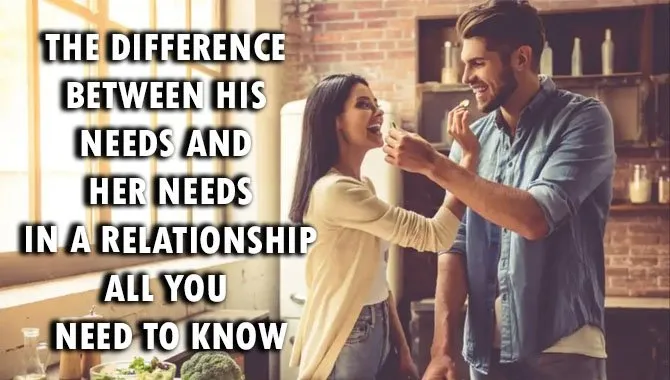Have you ever lost a friend and wondered if you could fix it? It’s painful, right? Many students face friendship troubles at some point. It’s like a puzzle where one piece just doesn’t fit anymore.
Maybe you had a big fight, or someone said something hurtful. It can feel awkward to reach out again. But did you know that most friendships can be rebuilt? In fact, you might be surprised to learn that strong communication is often the key to mending broken bonds.
Imagine how nice it would be to laugh and share secrets again. Rebuilding a broken friendship is a journey worth taking. It can lead to stronger connections and deeper trust. Are you ready to find out how to rebuild that friendship? Let’s explore some simple steps that can help you reconnect with your friend and maybe even grow closer than before.
How To Rebuild Broken Friendship For Students: Steps To Mend Bonds

How to Rebuild Broken Friendship for Students
Rebuilding a broken friendship can feel hard, but it’s possible! Start by reaching out with a sincere apology. Have you ever made a mistake? We all have! Second, listen to your friend’s feelings without interrupting. Show them you care. Maybe share a memory that made you both laugh. It helps to remember good times. Lastly, be patient; trust takes time to rebuild. Friendships are like plants; they need care to grow strong again!Understanding the Impact of Broken Friendships
Emotional effects on students. Longterm implications on social skills.When a friendship breaks, it can feel like a rain cloud hanging over your head. The emotional effects often leave students feeling sad or alone. Studies show that losing a friend can lead to feelings of anxiety and low self-esteem. This isn’t just a short-term problem. Broken friendships can also harm your social skills in the long run. You might become shy or find it hard to make new friends. Remember, friendships are like plants—they need care!
| Emotional Impact | Long-Term Effects |
|---|---|
| Increased anxiety | Difficulty in making new friends |
| Low self-esteem | Shyness and social withdrawal |
So don’t let a broken friendship turn you into a hermit! Reach out, talk it out, and who knows, maybe sprinkle a little humor on it too!
Recognizing the Signs of a Broken Friendship
Identifying changes in communication. Observing changes in behavior and attitude.Sometimes, friendships hit a bump in the road. You might notice text messages going from “Hey! Let’s chat!” to “Umm… hi?” That’s a big change! If your friend starts acting differently, like avoiding plans or showing less interest, pay attention. These signs mean something is up! It’s like when your dog suddenly decides to hide its favorite toy. Something’s definitely brewing. Collect your courage and talk it out, like superheroes without capes. Open communication can mend those broken friendships faster than you think!
| Changes in Communication | Changes in Behavior |
|---|---|
| Less texting or calling | Avoiding spending time together |
| One-word replies | Acting cold or distant |
Steps to Reflect on the Friendship
Evaluating the causes of the fallout. Analyzing personal feelings and actions.Before fixing a broken friendship, take a moment to think about what caused the problem. Did a silly misunderstanding happen, or was it something bigger? It’s like a detective game! Gather clues about your feelings and actions, too. Did you say something that hurt your friend? Or maybe you were just having a bad day? Here’s a fun table to help you figure it out:
| Cause of Fallout | Your Feelings | Your Actions |
|---|---|---|
| Misunderstanding | Confused | Said too much |
| Jealousy | Upset | I ignored them |
| Different interests | Sad | Stopped talking |
Recognizing these feelings makes it easier to mend the friendship. Remember, everyone makes mistakes, and laughter can help! After all, who hasn’t sent a weird text and then cringed about it?
Initiating Communication
Choosing the right time and place. Approaching with openness and honesty.Breaking the ice can feel scary, but it doesn’t have to be! First, pick the right time and place for a chat. Choose somewhere calm, like a cozy coffee shop, where no one can overhear your secrets. Next, be open when you reach out. Honesty is key! Tell your friend you miss them. It’s like lifting a weight off your shoulders—really lightens the load! Remember, you’re both humans, and we’re all allowed to mess up a bit sometimes.
| Tips for Good Communication | Why It Works |
|---|---|
| Choose a quiet spot | Less distractions mean better listening! |
| Be truthful | Honesty builds trust! |
So, gather your courage and give it a go. Your friendship might just come back stronger than before!
Expressing Feelings and Apologies
The role of vulnerability in rebuilding trust. How to effectively apologize.Being open about your feelings is important. It shows you care. Apologizing can help fix a broken friendship. To apologize effectively:
- Say you are sorry. Be sincere.
- Explain what you did wrong.
- Ask if they are okay.
- Listen to their feelings.
- Make it right with actions.
Being vulnerable builds trust. It can feel scary, but it helps friends heal. Remember, friendships take time to rebuild.
Why is vulnerability important in rebuilding trust?
Vulnerability shows honesty. It proves you care and builds a strong bond.Listening Actively to the Other Person
Importance of hearing their perspective. Techniques for active listening.Hearing what your friend has to say is super important. Active listening is like a magic key that can unlock doors to better friendships. It shows you care about their feelings and thoughts. To listen actively, nod your head and maintain eye contact, like a thoughtful robot! Ask questions to dive deeper into their feelings. A great tip is to repeat what they say to show you’ve got it. After all, nobody likes talking to a wall, right?
| Active Listening Techniques | Description |
|---|---|
| Nod Your Head | Shows you are paying attention. |
| Ask Questions | Helps you understand better. |
| Repeat Back | Confirms you heard them correctly. |
Active listening not only helps you understand your friend’s perspective but can also turn a frown into a smile.
Rebuilding Trust Gradually
Setting small, achievable goals. Engaging in shared activities.Trust is like a fragile glass; it takes time to rebuild. Start with small, achievable goals. For example, aim to talk during lunch or share a class project. This makes your bond stronger. Also, engage in shared activities. Doing fun things together can help bring you closer. Here are a few ideas:
- Play a game during recess.
- Study for a test together.
- Join a club or team.
These steps can help you both feel comfortable again. Remember, it’s all about patience and taking things slow.
How can I rebuild my trust with a friend?
Focus on small steps and activities together. This helps to rebuild trust over time.
Maintaining and Strengthening the Rebuilt Friendship
Communication strategies for longterm friendship. Importance of being supportive and dependable.To keep a friendship strong, good communication is key. Talk openly and listen carefully. Make time for each other. Support each other through thick and thin. Be the friend they can rely on. Remember, trust takes time to build back. Here are some ways to stay connected:
- Share your feelings honestly.
- Celebrate each other’s successes.
- Be there during tough times.
With these steps, your friendship will grow even stronger!
How can I keep my friendship strong?
Communicate often, show support, and share your experiences regularly. Listening and understanding each other will help you stay close.
Conclusion
Rebuilding a broken friendship takes effort and patience. Start by honestly apologizing and listening to each other. Communicate openly about feelings and misunderstandings. Make time together to rekindle your bond. Remember, friendships can grow stronger after conflicts. For more tips, read about effective communication or ways to reconnect. You have the power to mend your friendship!FAQs
What Are The First Steps A Student Can Take To Reach Out And Reconnect With A Friend After A Falling Out?First, think about what went wrong. It helps to understand your feelings. Next, send a simple message saying you want to talk. You could also say sorry if you think it’s needed. Finally, ask to meet up and share how you feel.
How Can Students Effectively Communicate Their Feelings And Perspectives To Rebuild Trust In A Broken Friendship?To rebuild trust in a broken friendship, you can start by talking openly. Share your feelings honestly, like if you feel sad or confused. Listen to your friend’s side too, so you understand their feelings. Apologizing for mistakes can help heal. Finally, spend time together again to show you care.
What Role Does Forgiveness Play In Mending A Broken Friendship, And How Can Students Practice It?Forgiveness is important for fixing a broken friendship. It helps you let go of hurt feelings. When you forgive, you show you care about your friend. You can practice it by talking openly about what happened. Saying “I’m sorry” or “I forgive you” is a great start!
How Can Students Navigate Difficult Conversations To Resolve Misunderstandings Or Conflicts With A Friend?To solve problems with a friend, you should start by talking calmly. Choose a good time to chat. Listen carefully to what your friend feels. Share your feelings too, without blaming them. Together, you can find a way to make things better.
What Activities Or Gestures Can Help Rekindle A Friendship And Strengthen The Bond After A Breakup?To rekindle a friendship after a breakup, we can start by talking. Sharing our feelings helps us understand each other better. Spending time together, like playing games or going for a walk, can also be fun. A simple apology, or saying “I’m sorry,” shows we care. Little gestures, like sending a kind note, remind us that we still value each other.





